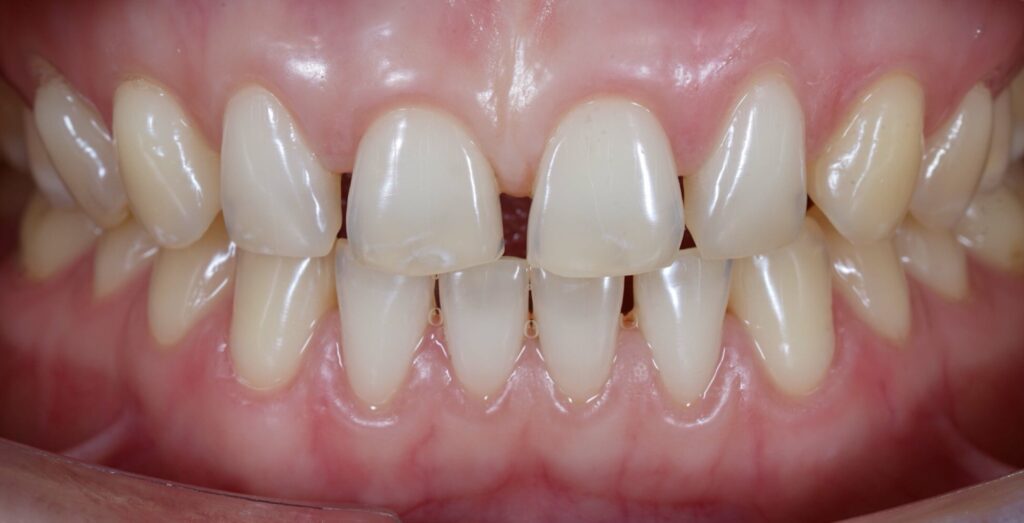WHAT IS Cosmetic Fillings?
Cosmetic fillings, also known as tooth-colored or composite fillings, are dental restorations used to repair and restore teeth that have been affected by cavities (dental caries) or minor damage. These fillings are called “cosmetic” because they closely match the color and appearance of the natural teeth, making them a more aesthetically pleasing option compared to traditional amalgam (silver) fillings. Here are the key aspects of cosmetic fillings:


Composition:
- Cosmetic fillings are made from a composite resin material that typically consists of a mixture of plastic and fine glass particles.
- The composite material can be shaded to closely match the color of the patient’s natural teeth, allowing for a seamless and natural appearance.
- They may not be as durable as some other materials, and in high-stress areas of the mouth, they may require more frequent replacement.
Procedure:
Diagnosis: The dentist first identifies the presence of a cavity or damaged tooth structure. X-rays may be used to assess the extent of the damage.
Preparation: The affected area of the tooth is prepared by removing the decayed or damaged part, creating a clean and cavity-free space.
Bonding: The dentist applies the tooth-colored composite resin in layers to the prepared area. Each layer is hardened using a special light to bond it to the tooth.
Shaping and Polishing: After all the layers are applied and bonded, the dentist shapes the composite material to match the contours of the natural tooth. It is then polished to give it a smooth and shiny finish, blending seamlessly with the surrounding teeth.
Advantages of Cosmetic Fillings:
- Aesthetics: Cosmetic fillings are virtually invisible and can be matched to the color of the natural teeth, making them highly aesthetic.
- Tooth Preservation: Less healthy tooth structure needs to be removed during the preparation process compared to amalgam fillings.
- Strong Bond: The composite material bonds well with the tooth, which can help support the remaining tooth structure.
- Reduced Sensitivity: Cosmetic fillings tend to transmit less temperature change (hot or cold) compared to metal fillings.
Considerations:
- Cosmetic fillings may not be suitable for extremely large or load-bearing cavities, in which cases alternative restorative options, like dental crowns, may be recommended.
- They may not be as durable as some other materials, and in high-stress areas of the mouth, they may require more frequent replacement.
- Proper oral hygiene and regular dental check-ups are essential to maintain the longevity of cosmetic fillings.
Overall, cosmetic fillings are a popular choice for repairing cavities and minor dental damage, providing both functional and aesthetic benefits. They offer a natural-looking, discreet solution for maintaining the health and beauty of one’s smile.
